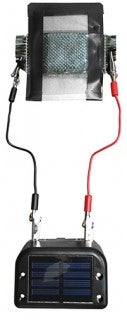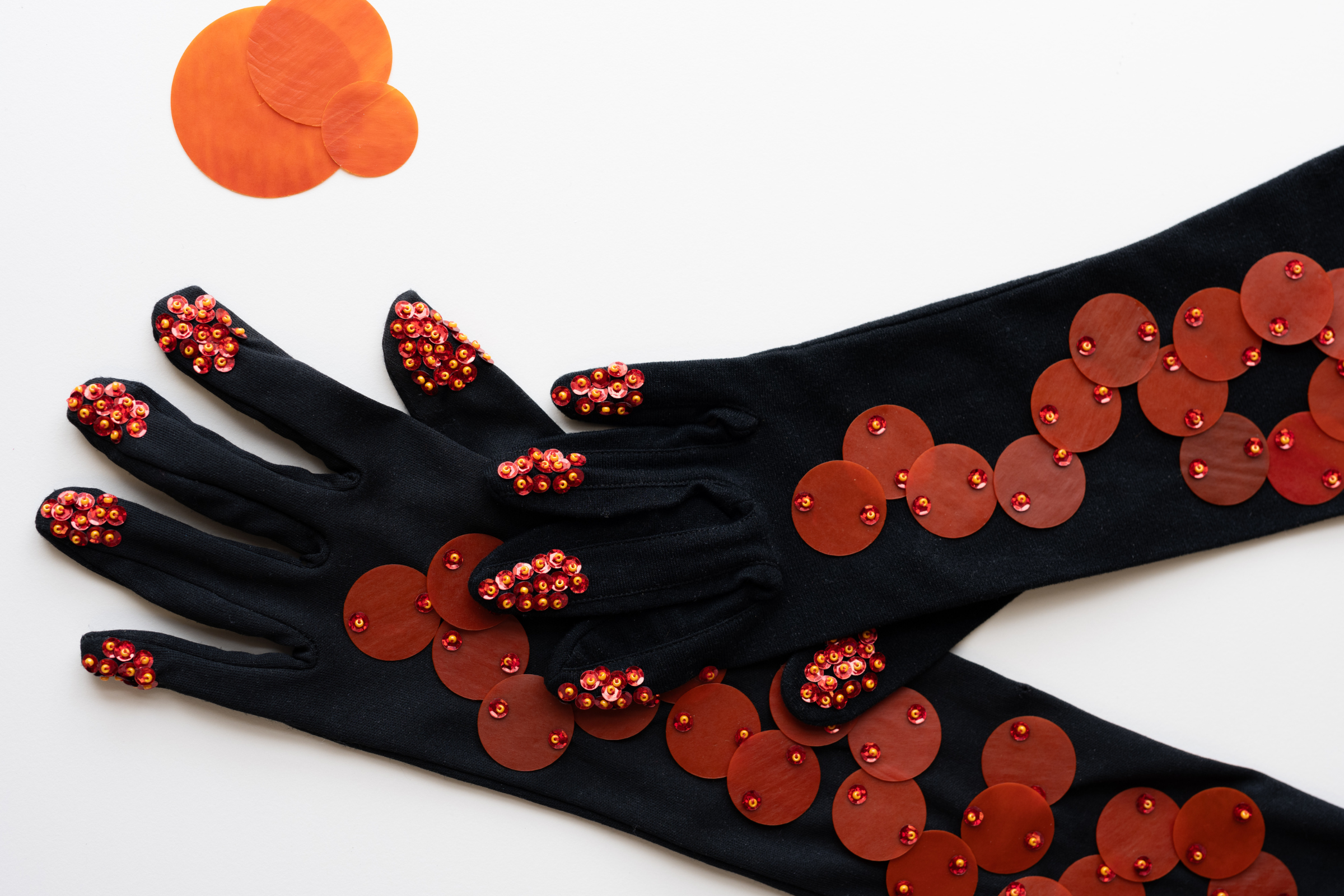
Thanks to new technology under development in Gearing Hall by Jonathan Chen, professor of textiles and apparel, it may soon be possible to charge medical equipment from a tent or plug your cell phone into your backpack. Chen recently patented a supercapacitor (i.e., a power-storing device that acts as an alternative to a rechargeable battery) constructed from fabric.
"Smart clothing stores energy within fabric and gives us many new options over the traditional, metal-based supercapacitor," Chen says. "Soldiers, emergency workers – the possibilities of use are endless with so many people going into remote areas without a steady energy supply."
To build the supercapacitor, Chen sandwiches different layers of carbon-based, commercially available fabric between two conductive units. A lightweight mesh and layers of two electrodes – positive and the negative ends of the supercapacitor – complete the design. Treated with special chemical baths, the layers either conduct a current or store a charge.
Once attached to a power source, like a solar cell, the supercapacitor stores energy.
Chen's tests show that a fully charged two-inch square of fabric holds one volt of energy. In other words, a few square inches of fabric could run an LED light for a few hours.
"So far, the supercapacitor can recharge 10,000 times without much of a loss of charge," Chen says. "Moving or damaging the fabric does not affect performance. This material is super strong and reliable so that even in battle – marked with a bullet hole – the battery should still function well."
This is the cover article for the Fall 2017 edition of Gearing Up, the School of Human Ecology newsletter. To read the full edition of the newsletter, click here.



